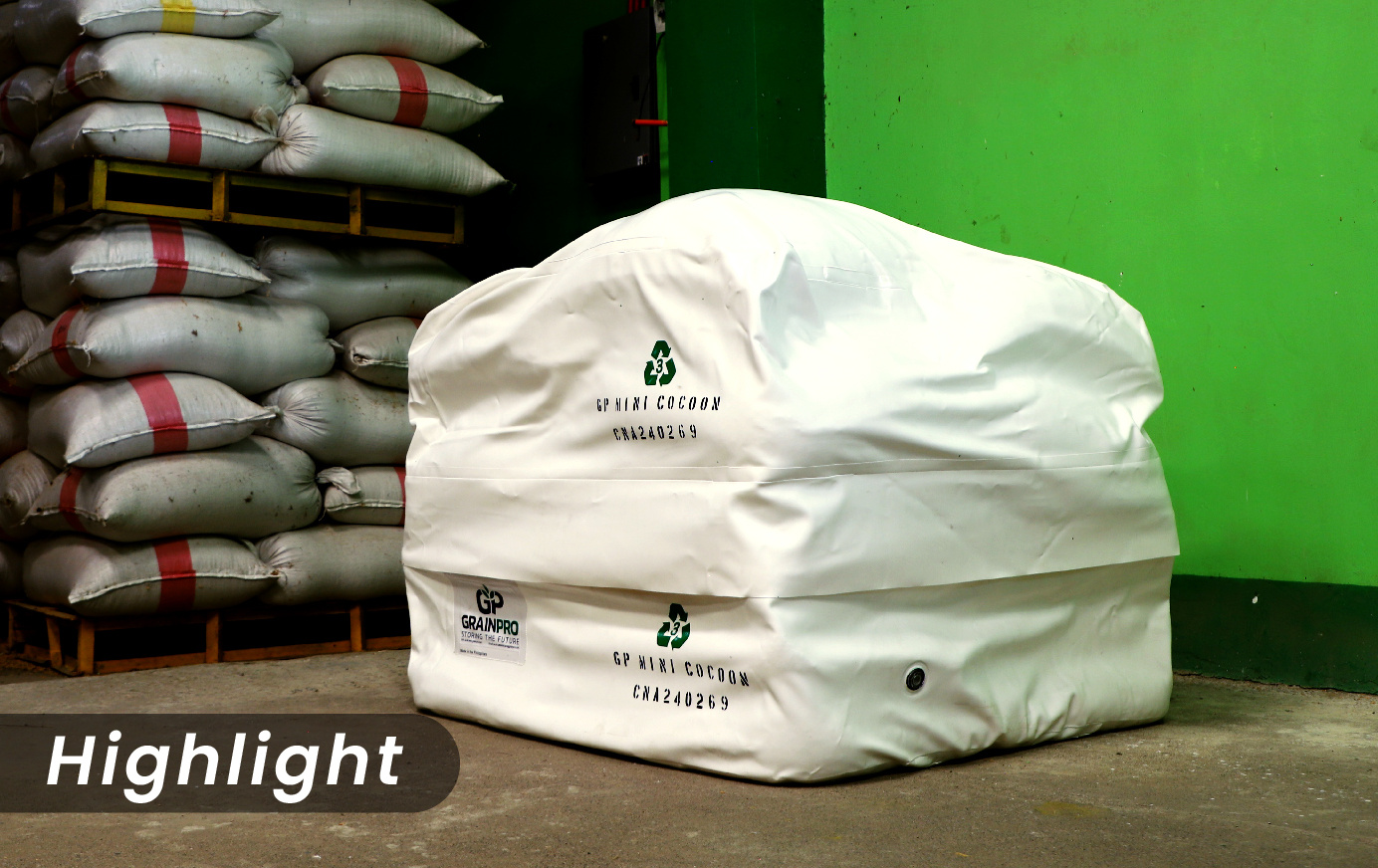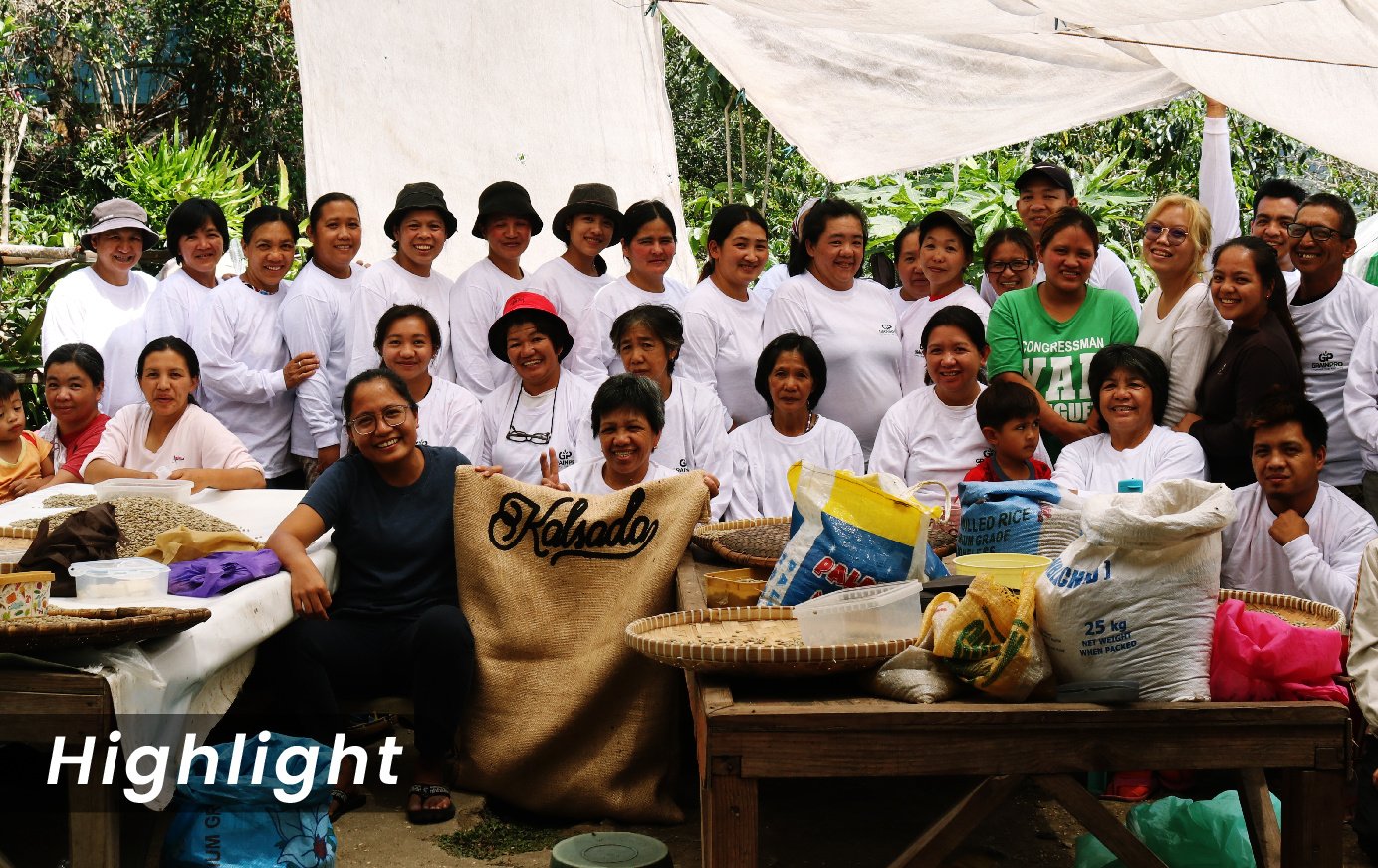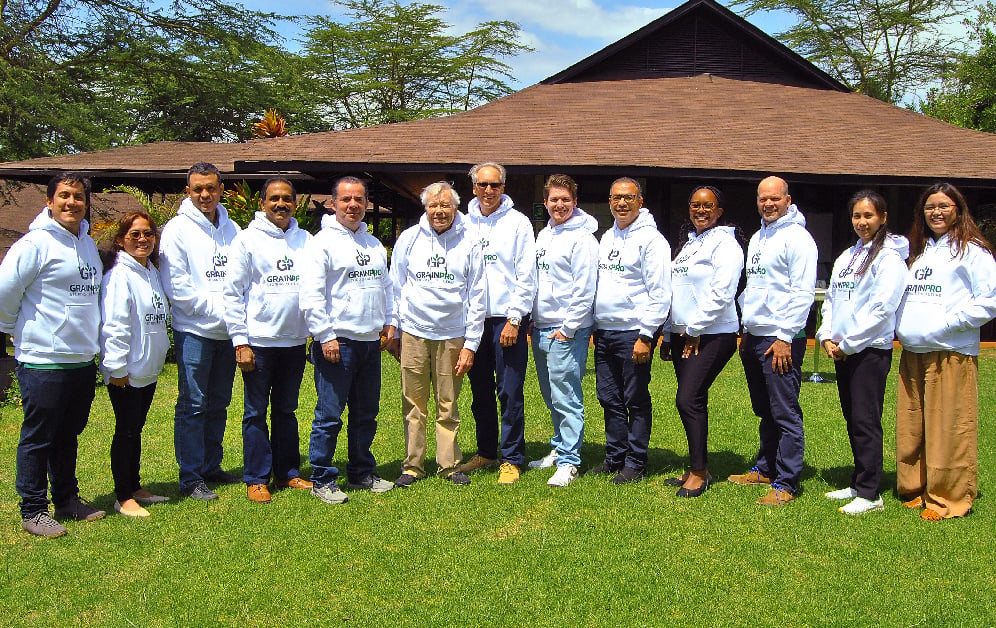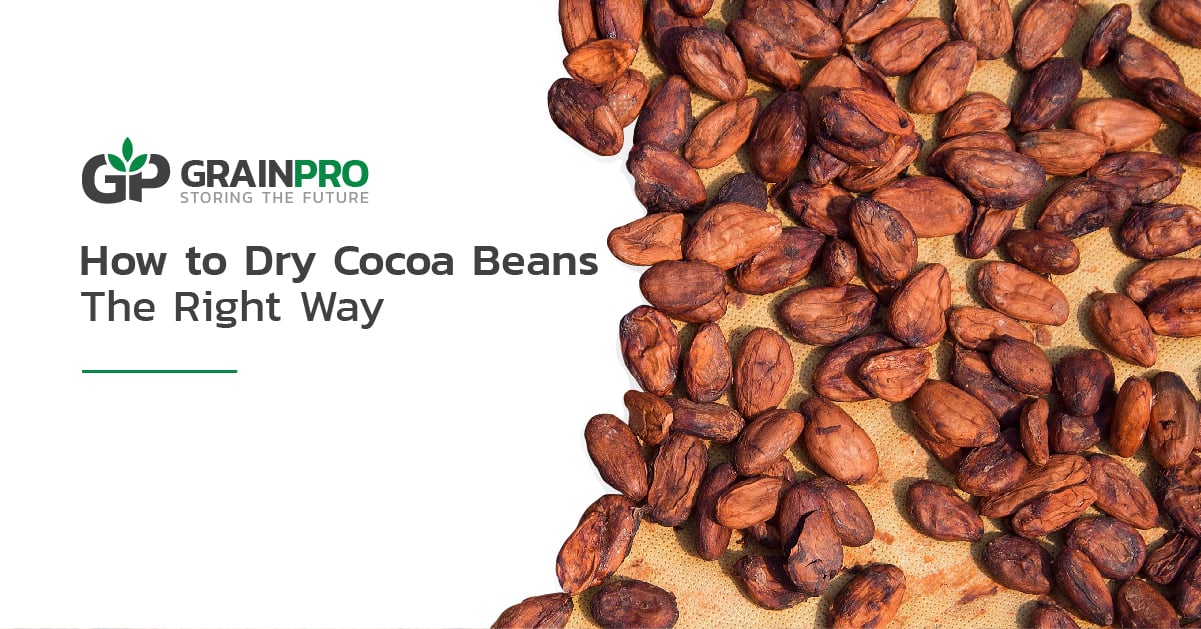Harvesting and processing cocoa beans is a long-standing agricultural practice that helped shape many cultures around the world.
Cocoa beans are harvested from cacao trees, which were native to South America and it's there that ancient civilizations used the cocoa beans during significant religious ceremonies or given as a reward to notable warriors.
Related: From Tree to the World, The Origin and Sources of Chocolate
Cacao trees eventually became widespread in other tropical and subtropical areas around the world. However, the prestige and value that cocoa beans represent didn't diminish over time. Even in this modern age, cocoa beans are still regarded as a high-value product and are now most commonly used in making one of the world’s most popular treats: chocolate.
In fact, chocolate is so popular that global demand has created a $100 billion industry. Countries such as Cote d’Ivoire, Ghana, and Indonesia supply cocoa beans to chocolate-loving countries like Switzerland, Germany, and Belgium. This creates a global movement of cocoa beans, therefore cocoa farmers need to ensure the quality of their harvests.
The quality of cocoa beans can directly affect the quality of chocolates, so cocoa farmers and traders are careful to preserve peak quality. This is especially true for the drying process since cocoa beans are highly sensitive to moisture and are vulnerable to mold growth.
Properly drying cocoa beans
The International Cocoa Organization gives a few recommendations on how to dry cocoa beans. According to them, slow-drying fermented cocoa beans successfully finish all the necessary chemical reactions that help produce a pleasant bitterness and other desired flavors in cocoa.
The drying period usually lasts five to seven days to bring the moisture content of the beans from 70% to 7%. This can be done using two different methods: sun-drying or artificial drying.
Sun drying is a common traditional practice, especially for smallholder farmers, because it is significantly cheaper than artificial drying. The cocoa beans are spread on mats or concrete floors in a relatively thin layer and are turned or raked for even drying.
This method can be done in locations with longer dry seasons such as Cote d’Ivoire and takes approximately 5 to 10 days.
Artificial drying uses mechanical methods to bring down the cocoa beans’ moisture content. This method is more costly since cocoa farmers need to invest more.
In locations such as the temperate highlands of Brazil or the humid rainforest regions of Southeast Asia, mechanical dryers are essential because of the wet climate.
Failing to properly dry cocoa beans can lead to low-quality yields that would have to be sold at a lower price. The flavor and composition of the cocoa beans would be affected, especially if re-wetting occurs because of excessive moisture in the air.
Cocoa farmers and traders are particularly concerned about the Free Fatty Acids (FFA) in the cocoa beans. Higher moisture absorption means higher FFA levels in the cocoa beans. If FFA levels become too high, the flavors from the cocoa beans tend to have rancid notes instead of the pleasant bitterness that chocolate makers want.
An inventive solution
For those looking for a more cost-effective drying method how to dry cocoa beans, inventive solutions such as the GrainPro Collapsible Dryer Case can help protect valuable cocoa beans from erratic weather or excess moisture.
The Collapsible Dryer Case is a portable drying floor that can actually be folded and zipped while in use if sudden rains occur or during nighttime when temperatures begin to drop, causing moisture build-up. The superior barrier properties of the material effectively keep moisture at bay so the cocoa beans will remain dry.
As an added convenience, this solution is also designed to keep the cocoa beans from being contaminated during the drying process. The Collapsible Dryer Case has inflatable walls so small rocks and other debris won't be mixed in while drying the cocoa beans.
For better post-harvest management of cocoa beans and other commodities, explore GrainPro's solutions by clicking the button below.
Date Published: February 7, 2020




